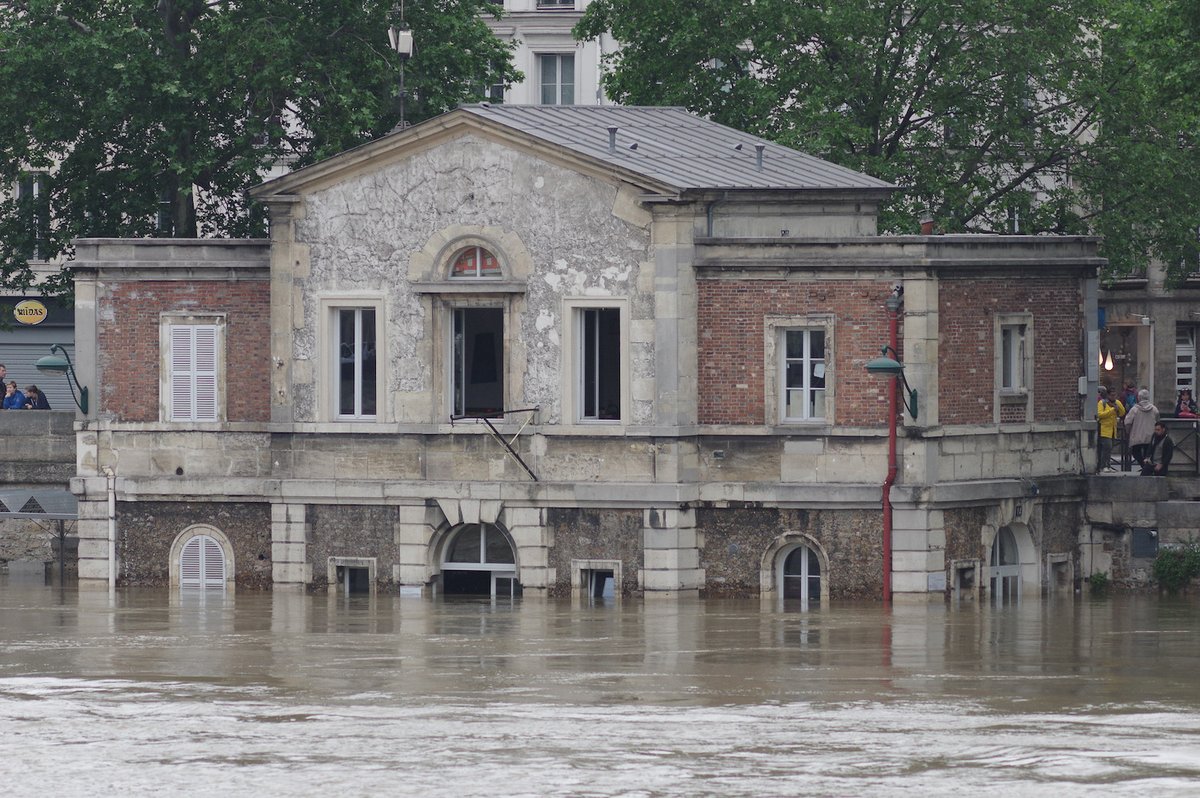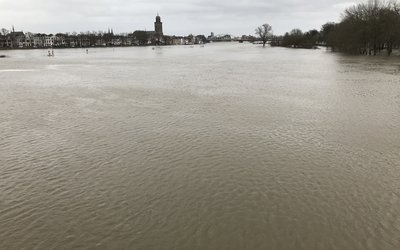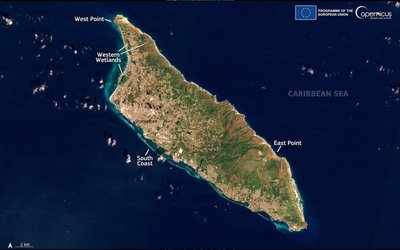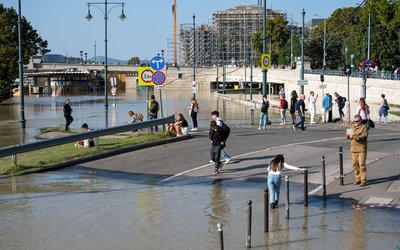
Photo: Flood of the Seine River in Paris in June 2016. (source: P. Guayacan, flickr.com)
Drivers of flood risk
Hazard, exposure and vulnerability are the drivers of flood risk. Changes in hazard reflect changes in flood levels and flood frequency due to climate change. Changes in exposure are changes in the number of people and the value of assets that can be affected by flooding. Changes in vulnerability are changes in the impact of flooding on exposed people and their assets. It its simplest form, risk equals probability times consequences. Changes in hazard are changes in flood probability, changes in the combination of exposure and vulnerability reflect changes in the consequences of flooding.
Fluvial flood risk in Europe is changing because hazard, exposure and vulnerability are changing. The contribution of these drivers to future flood risk has been assessed, focused on residential buildings in the 27 member states of the European Union with the addition of the UK, Iceland, Norway, and Switzerland. This was done for a moderate and high-end scenario of climate change, using input from many climate models. Only European river basins larger than 500 km2 were included. The available data on flood protection standards in these basins were included in the analysis.
Reference: current risk level
This assessment of flood risk focuses on direct tangible loss to residential buildings caused by river floods (in 2015 prices). This risk is expressed as Expected Annual Damage, EAD. The 30-year period of 1981-2010 is chosen as a reference for future changes in flood risk. In this reference period, flood risk in Europe was almost 1 billion € (median value). Without flood protection, this risk level would have been 4.7 billion € higher.
Of all European countries, risk in the reference period was highest for Germany, France, Italy and Spain. Scandinavian countries Norway, Sweden and Finland fall into the middle range of flood risk in Europe, while flood risk is lowest in Estonia, Denmark, Bulgaria, Iceland, and Cyprus. Flood risk is also low in The Netherlands, because of extremely high flood protection standards.
Projected changes in hazard
On average for Europe, the projected contribution of climate change is an increase in flood risk in 2085 by 125% and 200% under the moderate and high-end scenario of climate change, respectively. Climate change will probably contribute to increasing risk in the UK and Central Europe, from France to Hungary and from Denmark to northern Italy. Climate change will probably contribute to decreasing risk in parts of Scandinavia and the Mediterranean.
Projected changes in exposure
Changes in the value of exposed buildings will increase flood risk all over Europe throughout the 21st century with highest rates of increase in Southeastern Europe. The British Isles and southern Sweden are also regions with substantial increases in exposure driven risk. Future projections indicate that exposure will increase flood risk in Europe by 275% by 2085.
Hazard and exposure combined
This century, changes in exposure have a greater influence on risk than changes in climate driven hazard. By the end of the century, the combination of changes in exposure and climate are projected to increase flood risk in Europe by 670% and 950% under the moderate and high-end scenario of climate change, respectively.
Reducing vulnerability by improved precaution
Part of the projected increase in flood risk due to changes in hazard and exposure can be counterbalanced by changing vulnerability. In this assessment, vulnerability was reduced by implementing measures of precaution, including dry and wet proofing with flood barriers, adapting use and fitting of building elements at risk, and safeguarding of hazardous substances. These measures can counterbalance about 15% of the projected increase in flood risk.
Source: Steinhausen et al. (2022). Global Environmental Change 76, 102559.








